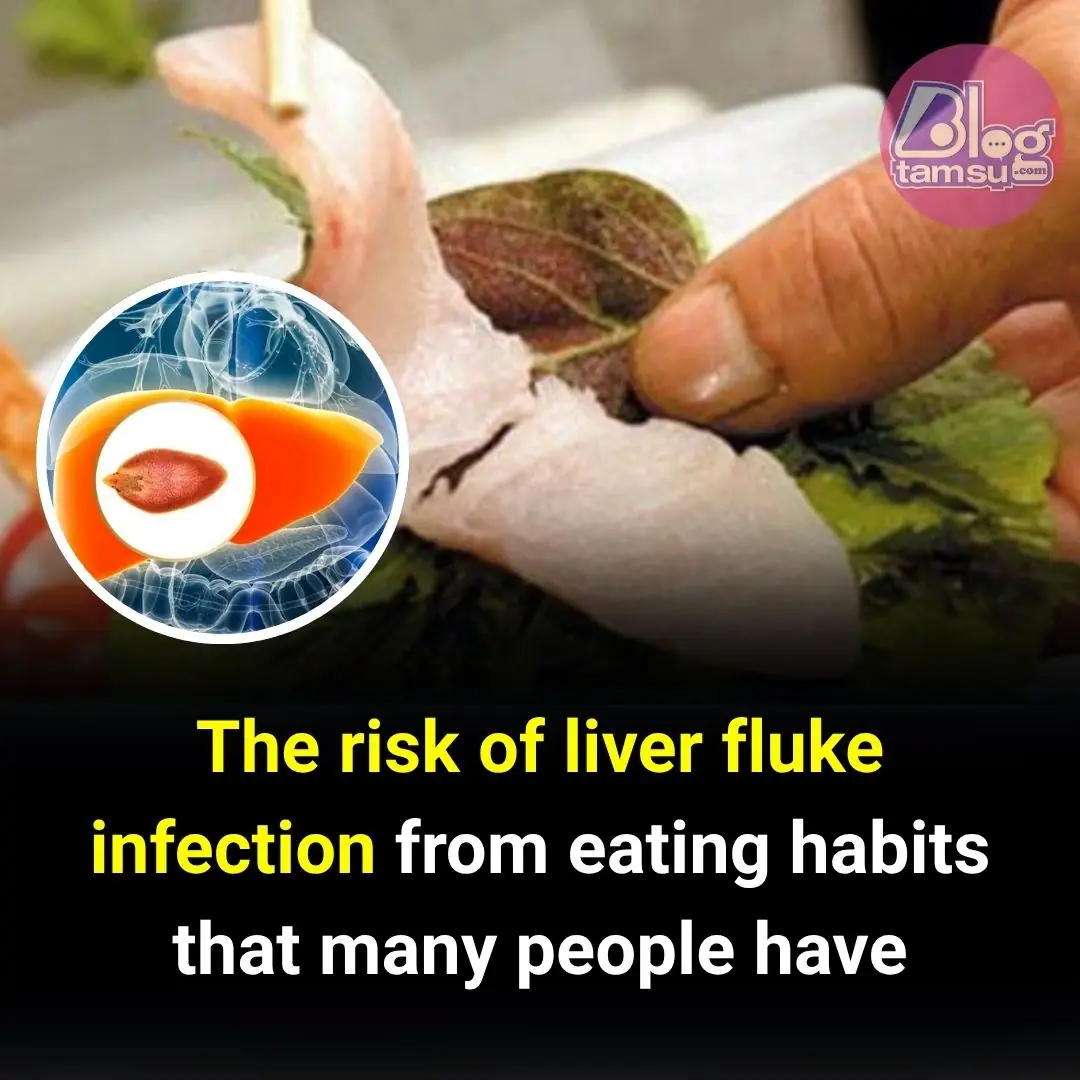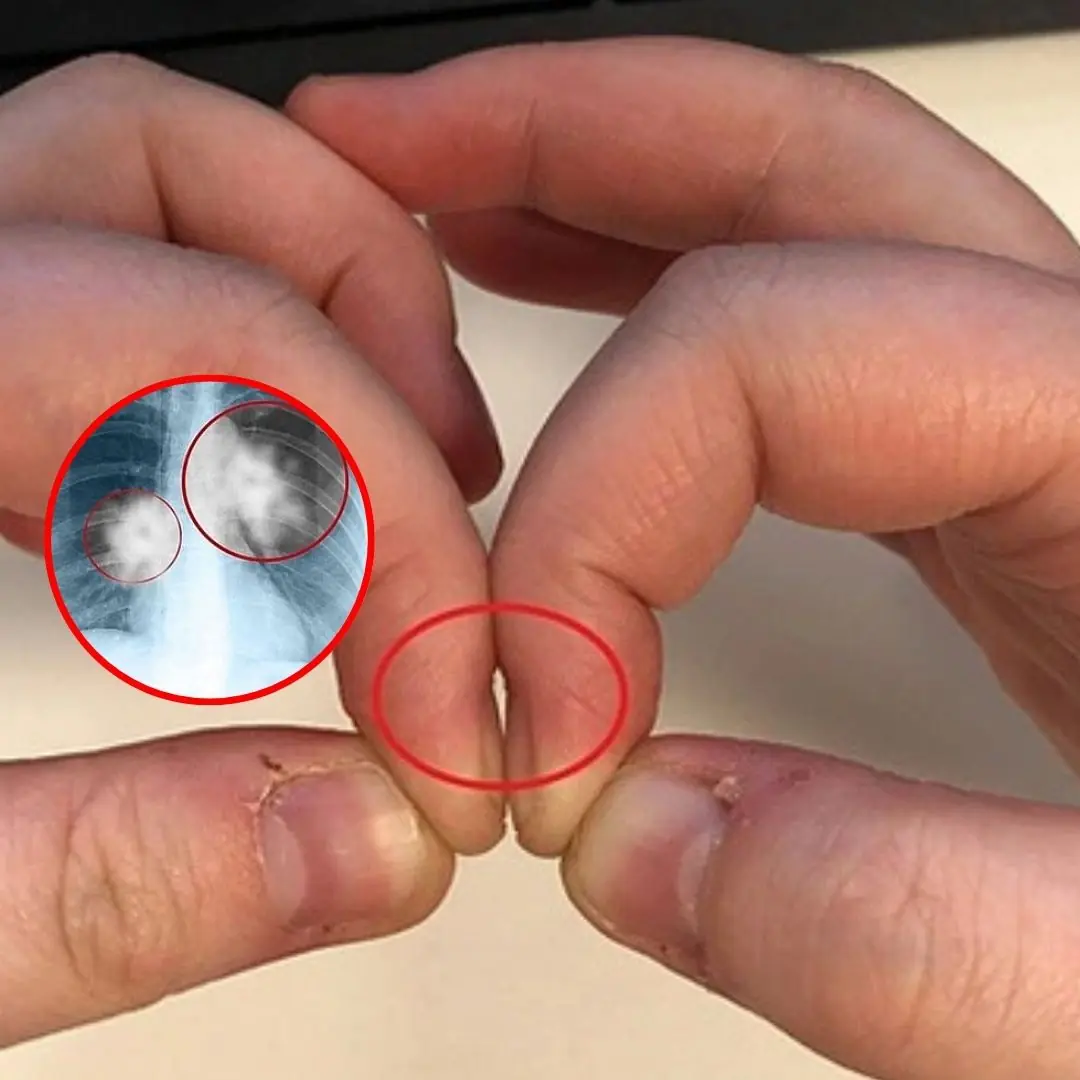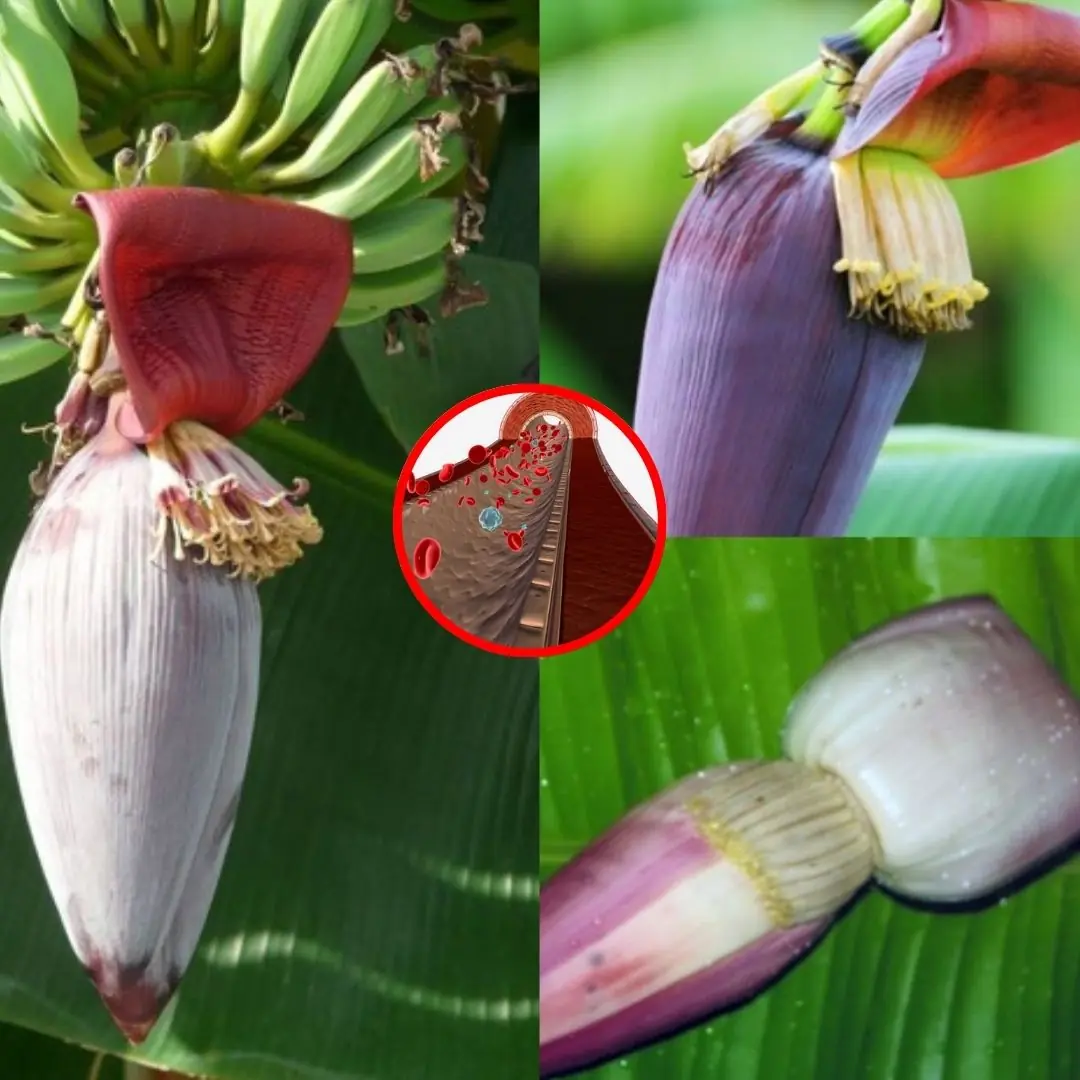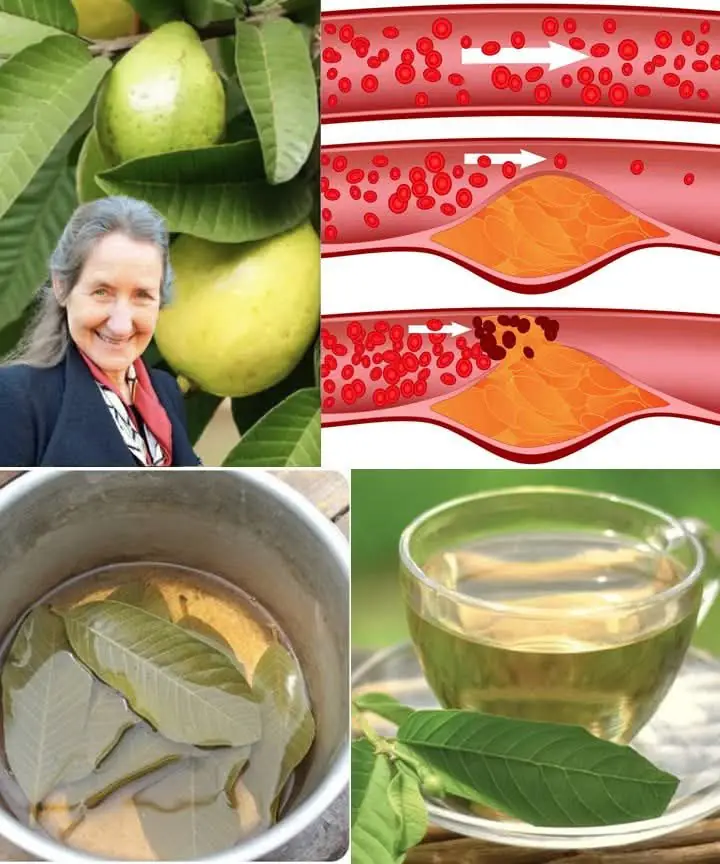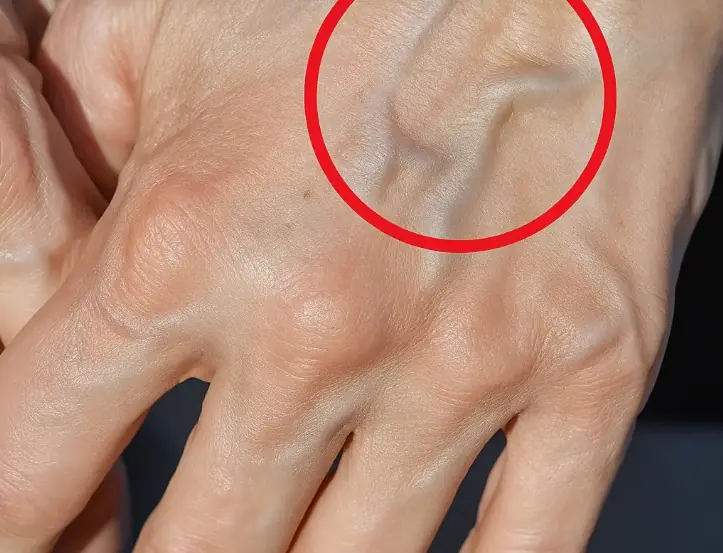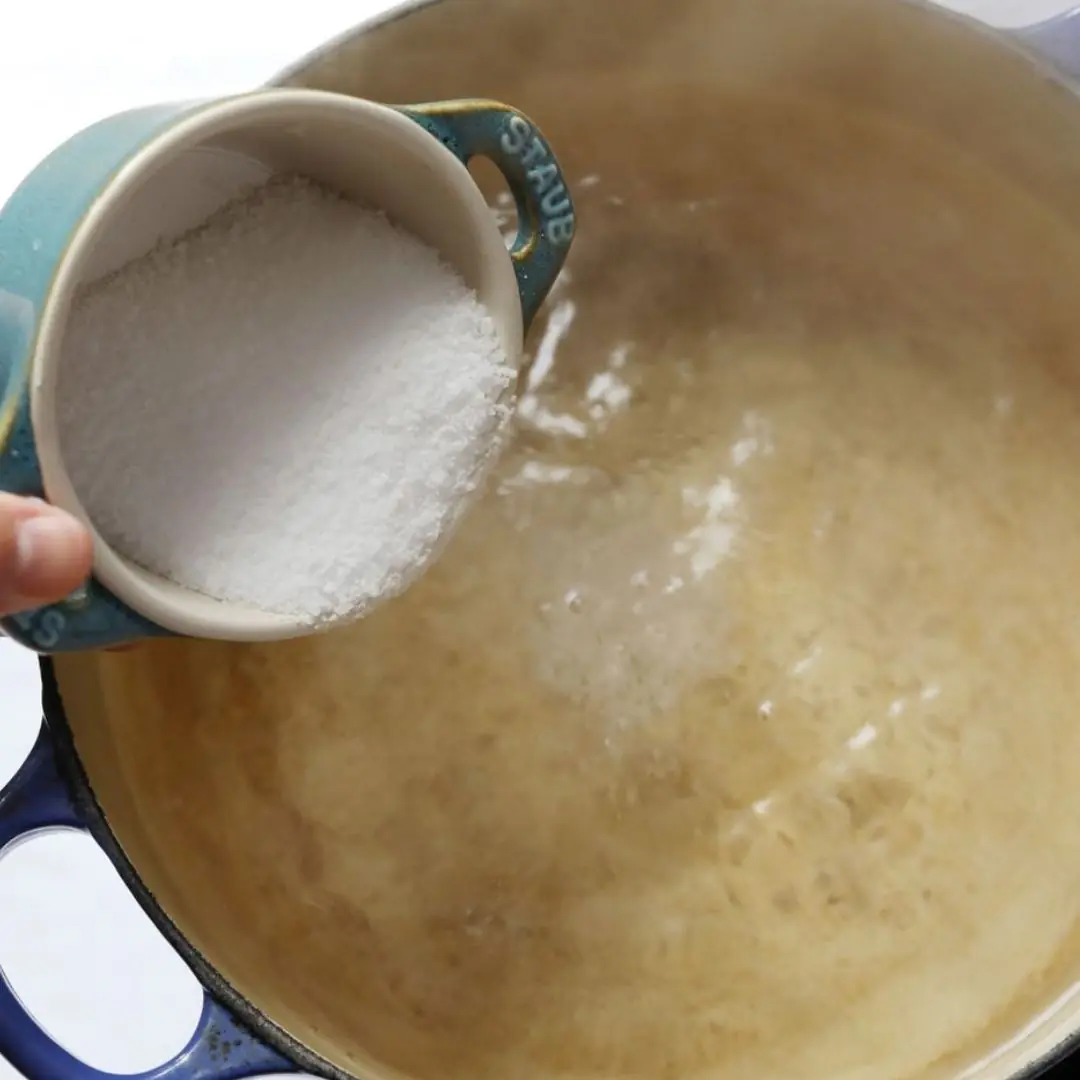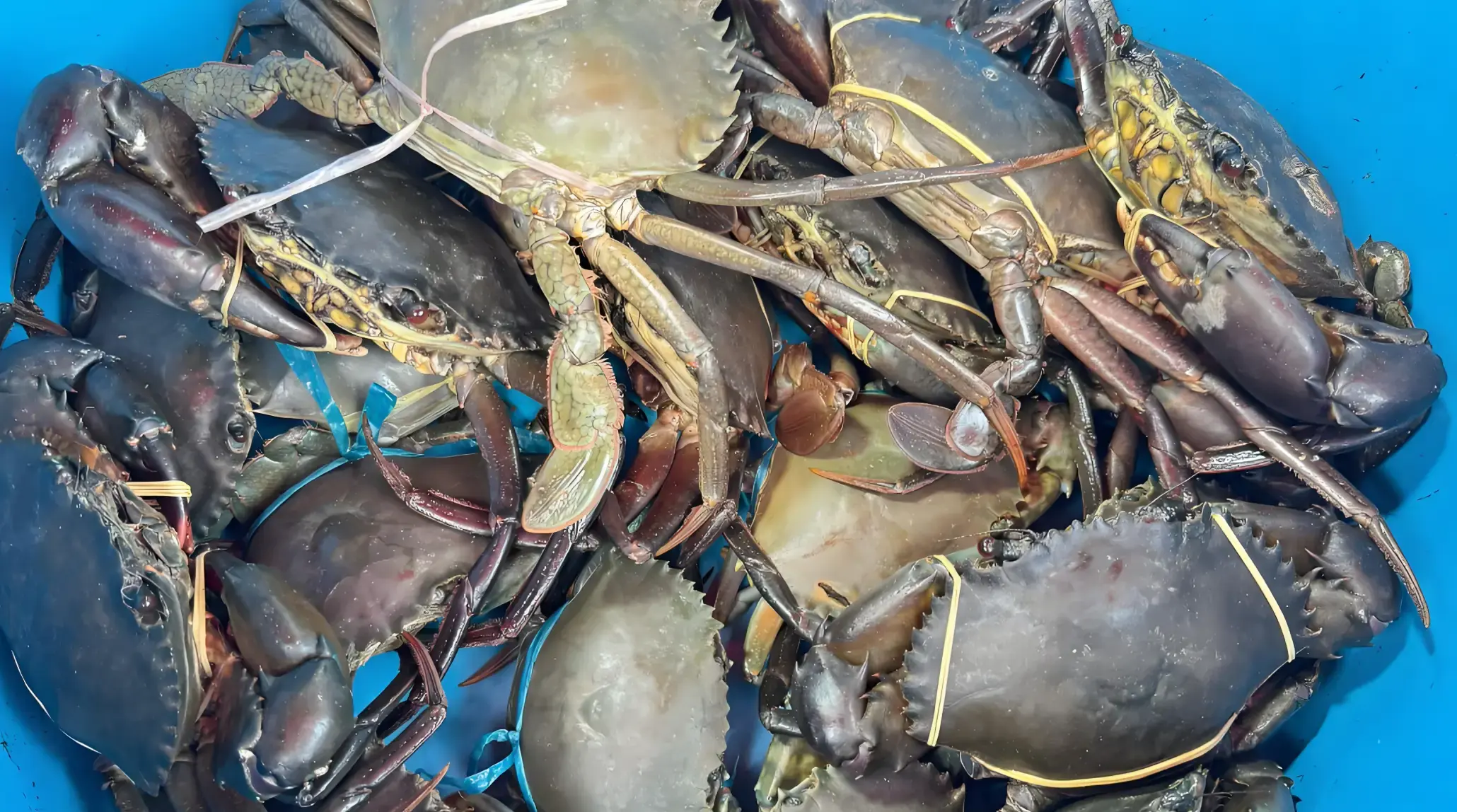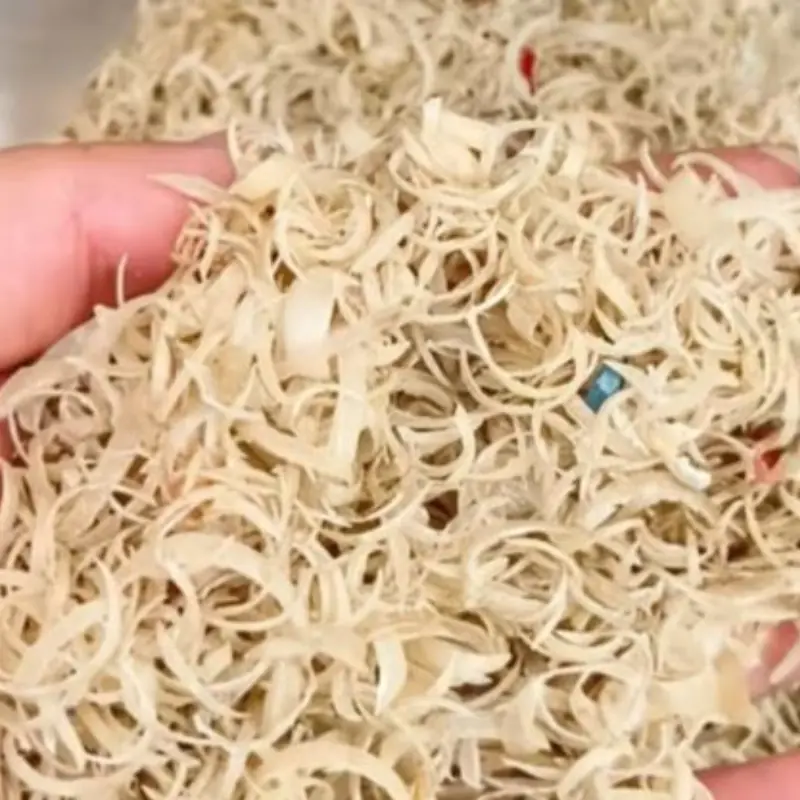Human Liver Fluke Disease
Human liver fluke disease includes small liver fluke and large liver fluke infections — both caused by flat, leaf-shaped parasitic worms.
In Vietnam, there are two common species of small liver flukes: Clonorchis sinensis and Opisthorchis viverrini, found in at least 32 provinces. C. sinensis is prevalent in the northern provinces, while O. viverrini is mainly distributed in the central and southern regions. Both are transmitted through fish. Humans and animals such as dogs, cats, and pigs become infected when they eat fish containing live larvae. The habit of eating raw or undercooked fish (such as fish salad, salted fish, fermented fish, dried fish, or smoked fish) is the leading cause of small liver fluke infection.
Large liver fluke disease in humans is mainly caused by Fasciola hepatica and Fasciola gigantica. Unlike small liver flukes, the primary hosts of large liver flukes are humans and herbivorous animals such as buffaloes, cows, and sheep. People or livestock can become infected by eating uncooked aquatic plants (such as water mimosa, water spinach, water dropwort, celery, watercress, or lotus stems) or drinking unboiled water containing larvae.
Symptoms and Prevention of Liver Fluke Disease
Liver flukes often live in the liver and bile ducts, causing serious damage to these organs.
Small liver flukes parasitize the bile ducts in the liver, leading to lesions in the bile ducts, gallbladder, and other organs, depending on the severity of the infection. Most infected cases show no obvious clinical symptoms, but some may experience digestive disorders, fatigue, loss of appetite, weight loss, pain or pressure in the right upper abdomen or liver area, and sometimes acute liver pain accompanied by jaundice and dark urine. Untreated small liver fluke infection can lead to cirrhosis and even cholangiocarcinoma (bile duct cancer), which can be fatal.
Large liver flukes, on the other hand, cause lesions and abscesses in the liver, bile ducts, or other organs (such as the intestinal wall, stomach wall, abdominal wall, breast tissue, and occasionally even joint capsules) when they migrate abnormally. The disease usually causes dull pain in the liver area, indigestion, and sometimes prolonged fever and systemic infection. Some patients experience loss of appetite, weight loss, or digestive disorders, while others are only diagnosed incidentally during medical check-ups.
If you notice symptoms suggesting a liver fluke infection and have a history of eating raw vegetables or fish, you should visit a medical facility for timely examination. Both large and small liver fluke diseases can be treated with specific antiparasitic medications, combined with symptomatic treatment such as antihistamines, pain relievers, and bile-promoting drugs.
People who have recovered from liver fluke infection do not develop long-term immunity and can easily become reinfected if food hygiene is not maintained. During summer, Vietnamese people often enjoy fresh herbs, raw vegetables, and lightly cooked dishes, increasing the risk of infection.
To prevent liver fluke disease, the Ministry of Health recommends the following measures: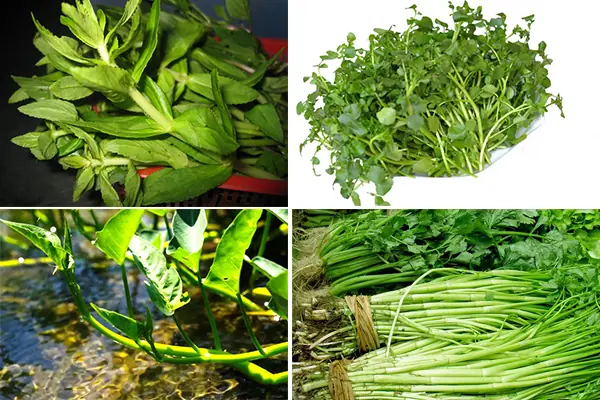
-
Avoid eating raw aquatic vegetables such as water mimosa, watercress, water spinach, and celery. Large liver flukes die at temperatures between 60–70°C. If vegetables are eaten raw or lightly blanched at only 40–50°C, the larvae can survive and parasitize the human body for years.
-
Do not eat raw fish or dishes made from undercooked fish. According to the U.S. Centers for Disease Control and Prevention (CDC), fish should be cooked until the internal temperature reaches at least 63°C.
-
Do not use human feces to fertilize fish ponds, avoid defecating in or near water sources, and do not drink unboiled water.
-
Regularly deworm pets and livestock to prevent the spread of infection.
-
Anyone suspected of being infected with large liver flukes should visit a medical facility for proper diagnosis and timely treatment. Early detection and intervention in endemic areas are essential to control liver fluke disease effectively.
